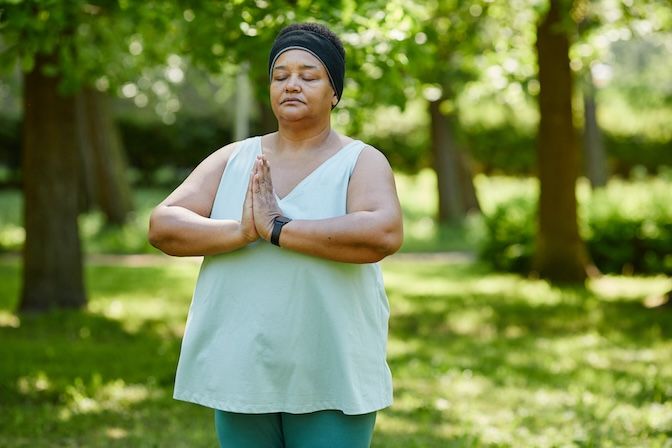Understanding Emotional Pain
Before we can address emotional pain, we must first learn to recognize it. Emotional pain can manifest in various ways, such as:
Understanding these signs is the first step towards healing emotion.
- A feeling of being overwhelmed by daily tasks.
- Persistent worry about the future.
- A sense of helplessness in the face of life’s challenges.
Understanding these signs is the first step towards healing emotion.

Approaches to Emotional Healing
Emotional healing is a process that involves several steps. Here are some strategies to begin addressing emotional pain:
- Acknowledgment: Accepting that you are in pain is not a sign of weakness but the first step towards healing.
- Expression: Finding healthy outlets for your emotions, such as talking to someone you trust or engaging in creative activities.
- Self-Compassion: Treating yourself with the same kindness you would offer a friend in distress.
The Role of Mindfulness and Meditation
Mindfulness and meditation are powerful tools for managing emotional pain. They help by:
- Centering Your Thoughts: Bringing your focus to the present moment can reduce anxiety about the past or future.
- Calming the Mind: Regular practice can lead to a calmer, more peaceful state of being.
- Enhancing Self-Awareness: Understanding your emotional triggers can help you respond to them in healthier ways.

Spiritual Growth and Emotional Pain
Spiritual growth often occurs alongside the journey of emotional healing. It involves:
- Seeking Deeper Understanding: Looking for the lessons in your experiences can provide a sense of purpose and direction.
- Connecting with a Higher Purpose: Many find comfort in feeling part of something greater than themselves.
- Embracing Change: Spiritual growth encourages embracing life’s changes as part of the healing process.
Conclusion
Dealing with emotional pain is a deeply personal but universally understood journey. By employing strategies of emotional healing, practicing mindfulness and meditation, and embracing spiritual growth, you can navigate through life’s challenges with greater ease and confidence. Remember, seeking help emotional pain is a courageous step towards achieving lasting peace of mind.

Things to Remember:
- Emotional pain is a signal for attention and care.
- Healing is a journey, not a destination.
- Mindfulness and meditation are key tools for managing emotions.
- Spiritual growth can provide context and meaning to our experiences.
Take these insights and apply them to your life, and watch as the transformation unfolds.


